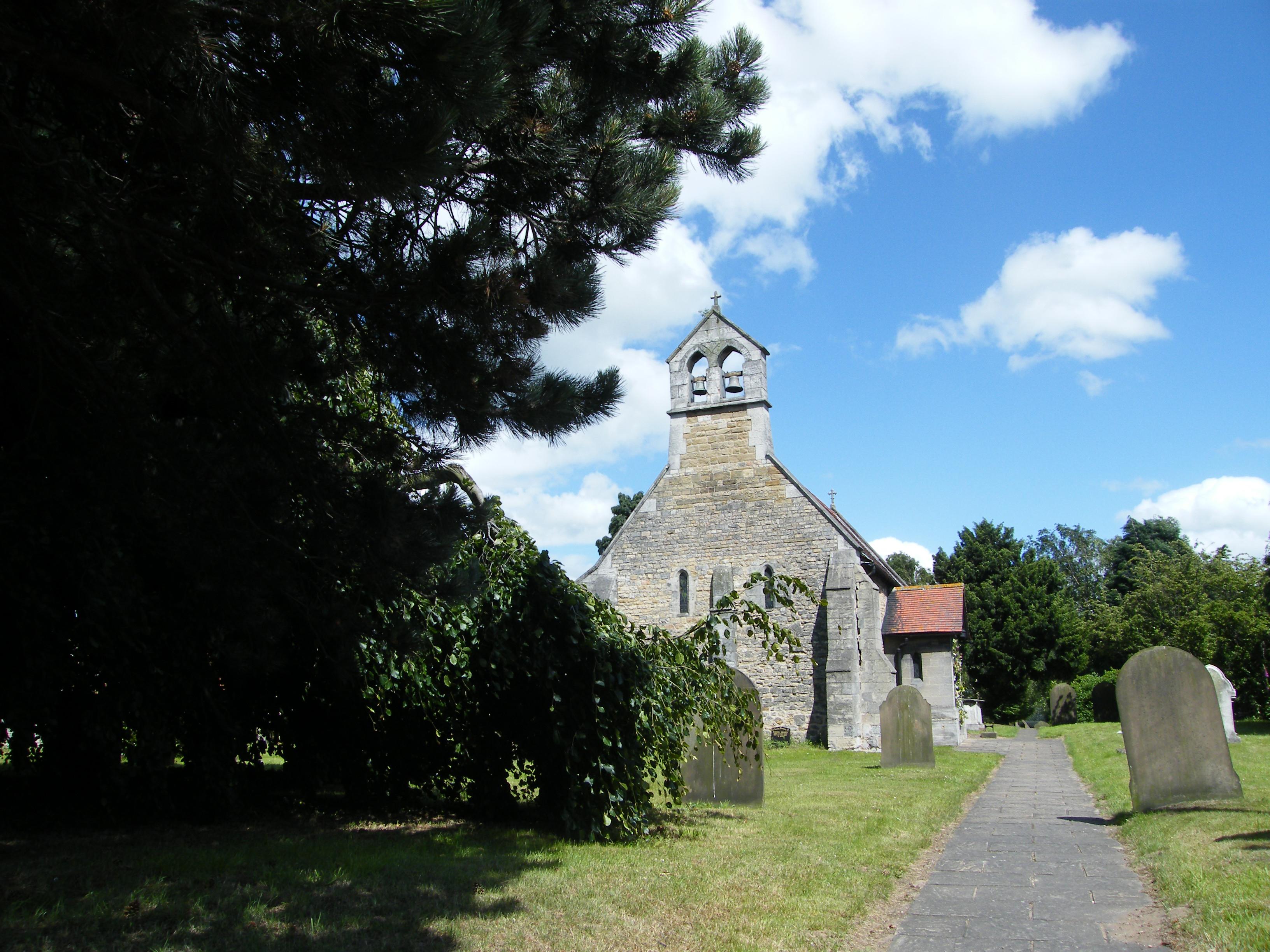The church was built in 1080 by John de Builli, using stone from the Roche Abbey quarries. Over the centuries the church has seen new sections built and renovations completed to make it the church you see today.
The Tympanum over the south doorway depicts a serpent like dragon. An article published in 1954 suggests it is 8th century and relates its symbolic meaning to the calculation of the incidence of Easter Day.
In 702AD Austerfield was the location of a Synod where a dispute between the King of Northumbria and Wilfrid, Bishop of Ripon was resolved. The Synod also discussed and agreed the way that Easter is calculated.
Austerfield is perhaps best known by its connections with the Pilgrim Fathers. William Bradford was born in Austerfield and was brought to be baptised on 19th March 1589. In front of you when you enter the church is the stone baptismal font where Bradford was baptized and a beautiful stained glass window on the north side of the church commemorates the 400th anniversary of this event. William Bradford went on to become Governor of Plymouth Colony in Massachusetts and was the second signer and primary architect of the Mayflower Compact in Provincetown Harbor.
The church has several windows by one of England's greatest stained glass artists, Charles Earner Kempe.
In the nave is a Sheila-na-gig, of which there are only 16 recorded in England! This is a quasi erotic stone carving of a female figure sometimes found in Norman churches. This carving had been blocked into a wall in the 14th century, and was only rediscovered in 1898 during restoration work.






